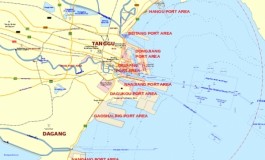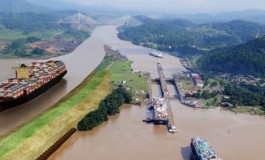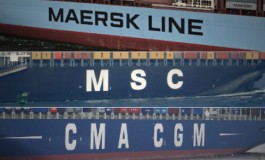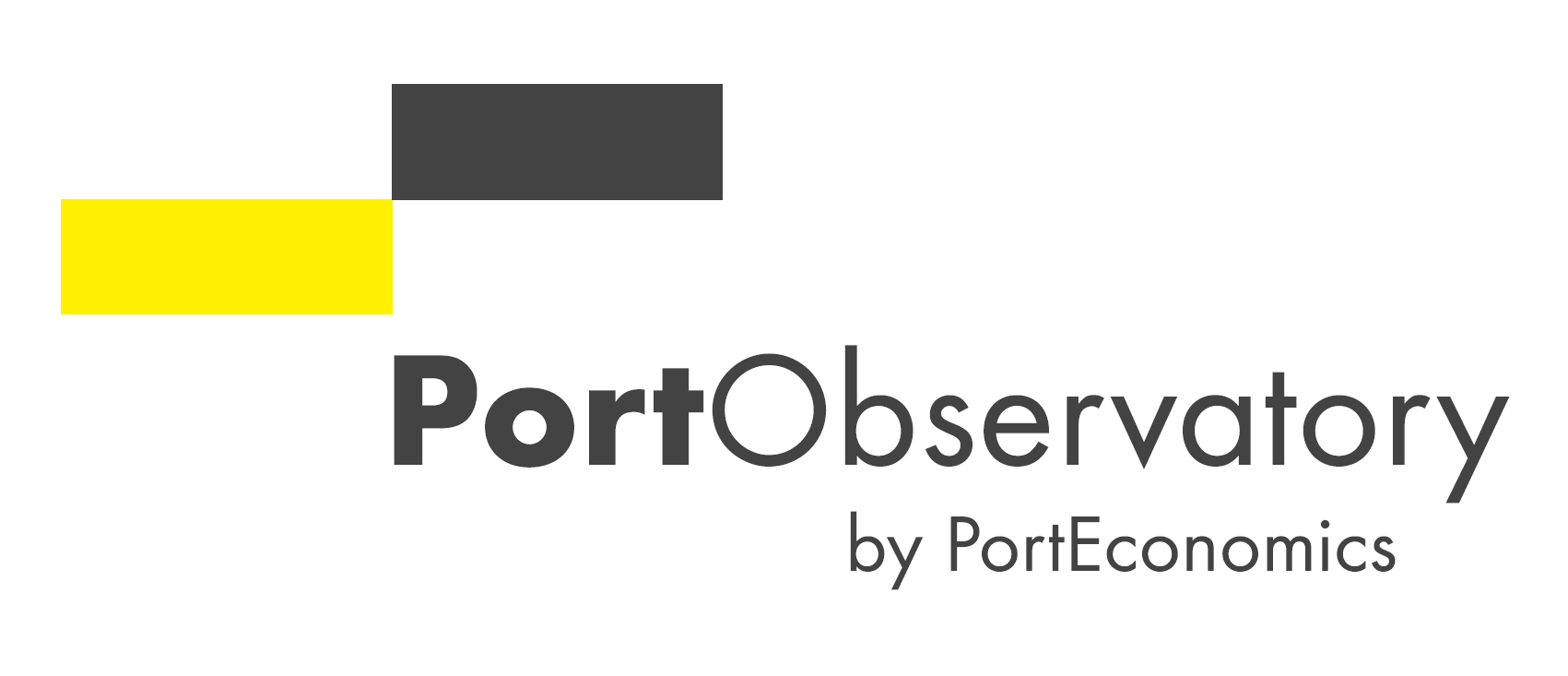Featured
Featured

Featured
The port system in northern China
Only 20 years ago the Chinese port system was still in its infancy stage. Hong Kong acted as the only container gateway to China. Since the second half of the 1990s, throughput at Chinese mainland ports started to accelerate. In recent years, shipping lines have been dedicating higher capacities and deploying larger vessels to cope with the increasing Chinese imports and exports. Chinese port activity is mainly concentrated in three regions: the Pearl River Delta (PRD), the Yangtze River Delta (YRD) and the Bohai Sea Economic Rim (BER). The...
Featured
Port industry performance management
PortEconomics member Michael Dooms presents an overview of port industry performance management in a article published in Port Technolgy International , Port performance management has been a heated topic both in the industry and academia for the past 20 years, albeit on different levels and in a rather scattered way across performance levels – from the individual terminal operational efficiency, to country level data on maritime connectivity, as well as performance areas (operations, socio-economic,environmental,...
Featured
A strategic appraisal of the attractiveness of seaport-based transport corridors: the southern Africa case
A strategic appraisal of the attractiveness of seaport-based transport corridors: the Southern African Case is the subject of the recent port study conducted by PortEconomics co-director Theo Notteboom along with Darren Fraser and was published in the 36th issue of the scholarly Journal of Transport Geography. The past decade has brought significant growth at, and competition between regional gateway ports and intermediate hub container ports in Southern Africa. Corridors are the essential link between these ports and continental...
Featured
The waves of containerisation: shifts in global maritime transportation
PortEconomics member Jean-Paul Rodrigue provides evidence of the cyclic behavior of containerization through an analysis of long, medium and short waves of container ports. His guest lecture at the USC Price Sol Prize School of Public Policy has been recorded and provides valuable information about the box. The container, like any technical innovation, has a functional (within transport chains) and geographical diffusion potential where a phase of maturity is eventually reached. Evidence from the global container port system suggests five...
Featured
The Analyst: should ports spread their wings?
BContrary to seaports, most airports are run by commercially operating airport managing bodies, some government owned, some fully privately owned and many with mixed ownership models. This is the result of a transition process that has taken place in many countries over the last decades. PortEconomics co-director Peter de Langen discusses whether 'ports should spread their wings' in his Analyst viewpoint column published in the magazine Port Strategy. Peter analyses why "ports may benefit from understanding their potential to grow...
Featured
Porteconomics co-director chairs Port Lunch Flanders 2014
The discussion mainly revolved around port infrastructure as public good, the major economic importance of ports and the feasibility of PPP structures in ports. The port customer side was represented by the directors of International Car Operators (ICO), a major car terminal operator and Sea- Invest, a large Belgian group specialized in the handling of dry bulk, oil products and fruit. Marc Adriansens of ICO referred to the investment strategy of mother company NYK Group. Bart laureys of Sea-Invest considers it important that the port is a...
Featured
The Panama canal today: impacts on world economy and competition
PortEconomics member Jean-Paul Rodrigue delivered a keynote presentation on the impacts of the Panama Canal on world economy and competition, during the 93rd Annual Meeting of the Transportation Research Board (TRB) that was held in Washington DC, January 12-16, 2014. Jean-Paul discussed the impacts of transoceacnic passages and canals, the several induced and derived demand questions, Panama's changing role in the global economy, the challenges to the expansion of the Panama Canal and many more issues about the legacy and future of the...
Featured
The Analyst: P3 - more ports, less terminals?
The P3 alliance between Maersk Line, Mediterranean Shipping Company and CMA CGM will have a significant impact on ports worldwide, but who will win and who will lose? PortEconomics co-director Peter de Langen discusses the move that might change maritime transport systems around the globe, and its implication for ports and terminals, in his Analyst viewpoint column published in the magazine PortStrategy. Peter analyses why "while at first sight P3 seems to have a clearly defined scope for an operational partnership with the joint...
Featured


